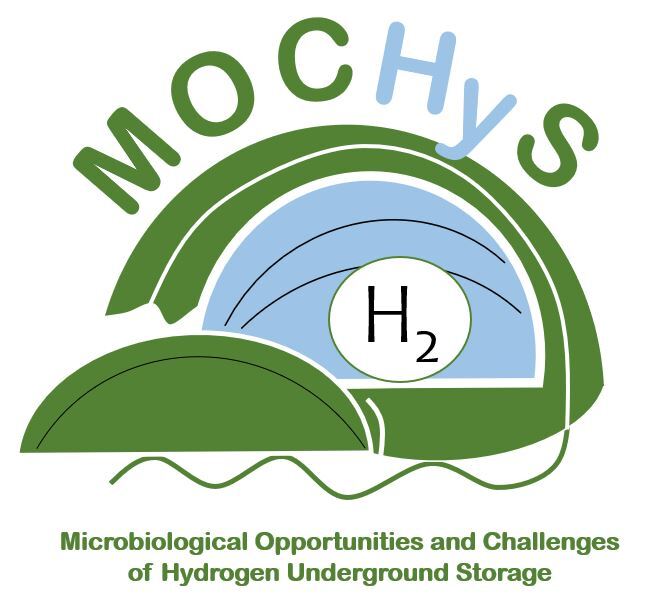MOCHyS aims to understand the role and influence microorganisms can have on hydrogen, which is stored in the underground. MOCHyS addresses specifically the option of using existing gas reservoirs as hydrogen storage sites. These porous reservoirs are abundant on the Norwegian Continental Shelf having a variety of chemical and physical properties (specifically salinity, temperature, pressure) and a variety of microbial life. It is a known fact that many of these reservoirs harbour diverse microbial communities and that hydrogen is not only a perfect energy carrier for human industry but also for microbial metabolisms.
MOCHyS will generate knowledge on the question as to whether and which kind of microbes will be active players during hydrogen underground storage and whether all potential sites will be affected by microbial activity. The novel results will be essential for the future hydrogen economy and decision makers to realistically evaluate storage sites, develop screening criteria and specific monitoring tools.
Developing Norway's energy system in a sustainable direction requires a variety of innovative energy system solutions to secure sufficient and stable energy supply over time. Many renewable energy systems utilize “Power-to- Gas” technologies, which use renewable electricity to produce hydrogen. To have a secure supply for hydrogen throughout the year, it is essential to have flexible, large-scale energy storage solutions to balance expected fluctuations of energy-production and -demand. Underground storage has been proposed as a favorable solution for mid-to long-term storage, due to the large available volumes.
The key question in underground hydrogen storage we want to answer is: When the subsurface microbes are in contact with the injected hydrogen, will they start consuming it?
